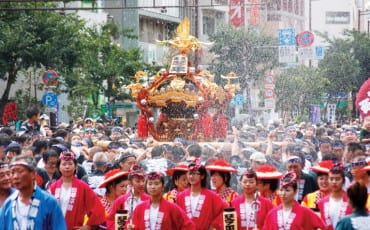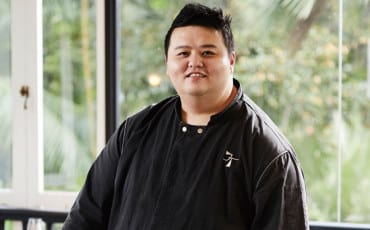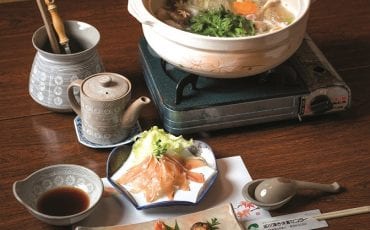- OISHII
- Articles
- Chefs Interview
- “Katsu” Restaurants in Singapore
Articles
Chefs Interview
Jan 1, 2016
“Katsu” Restaurants in Singapore
It’s not just a breaded piece of meat deep-fried to crispy perfection. Katsu is also eaten by the Japanese before an important exam or game as the word “katsu” also means “to win”. We find out what makes a winning piece of katsu.
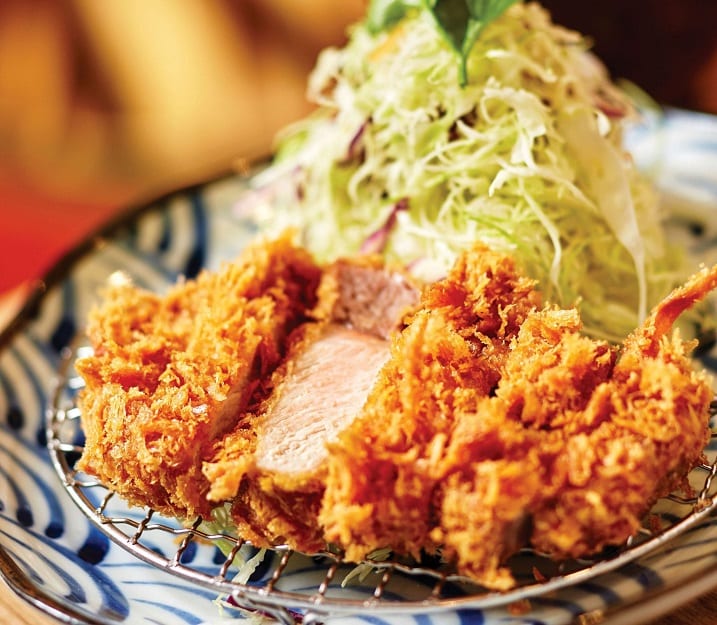
The Japanese katsu is similar to the schnitzel – a piece of boneless meat, coated with flour, beaten eggs and breaded crumbs, and then fried. It is most definitely one of Japan’s favourite Western-style eats. Served with rice, miso soup and shredded cabbage, the katsu is a meal guaranteed to hit the spot, every time.
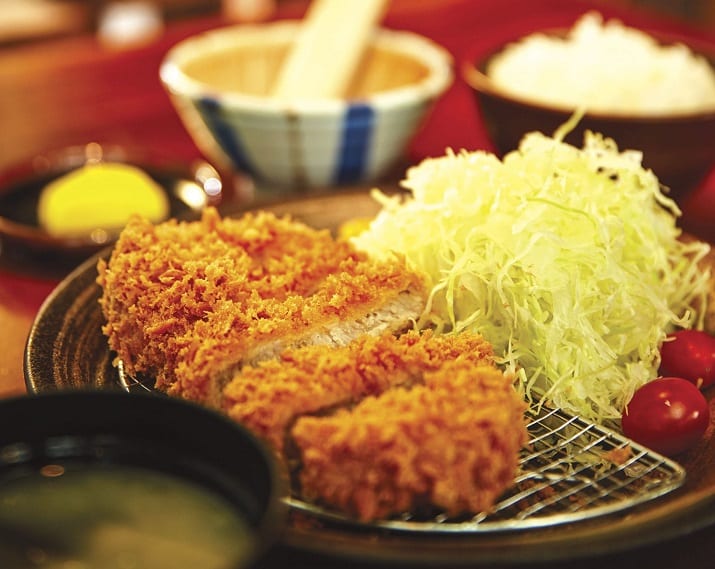
Although the most popular types of katsu are pork and chicken, the earliest katsu was actually made with beef. It was during the Meiji era (1868 – 1912), with the influx of Western influences into the country, that pork was introduced into the mix. In 1899, a restaurant named Rengatei in Tokyo made the first tonkatsu (pork katsu). With that, other variations soon emerged – chicken, fish, seafood, even vegetables. When ingredients other than chicken, pork or beef are used, the dish is called “furai” instead. An example would be ebi-furai (fried breaded prawns), a specialty of the city of Nagoya.
There are many ways to enjoy katsu. Tonkatsu is commonly eaten with a thick brown sauce called tonkatsu sauce. In Nagoya, it is eaten with a miso-based sauce, thus earning the name, “miso katsu”. An immensely popular way to also savour the katsu is with Japanese curry – katsu curry.
As palates become more sophisticated and discerning, restaurants are also inventing new ways to make eating the popular home-cooked staple a gourmet experience. In the following pages, three chefs from renowned restaurants in Singapore will take us on a mouth-watering journey into the katsu universe.
Ronnie Foo
Executive Chef, Tonkichi
With four branches and a 25-year presence in Singapore, Tonkichi is the name synonymous with tonkatsu. The kitchen is helmed by Singaporean chef Ronnie Foo, who has been with the restaurant for over nine years. His attention to detail with every piece of pork cutlet he cooks is perhaps the reason why the queues keep forming at every Tonkichi restaurant.
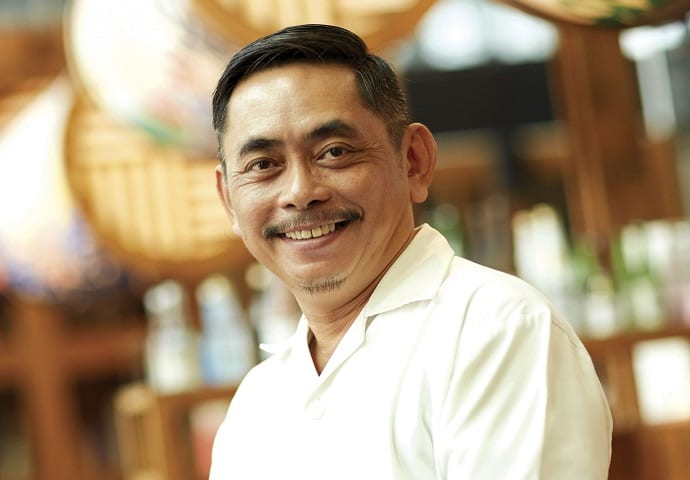
What pork does Tonkichi use for its tonkatsu?
We use US pork and Iberico pork here at Tonkichi. We also serve up limited numbers of tonkatsu made with premium Kagoshima Black Pork daily. The cuts of meat used for tonkatsu are typically the fillet (hire) or the loin (rosu) because any other cuts may be too fatty or too tough.
Besides straight-up pork cutlets, are there any other variations to the tonkatsu?
Definitely. As chefs, we are always trying to offer new dishes to keep the customer interested. For instance, we can make a small incision in the cutlet and add some cheese or mentaiko (marinated cod roe) into the meat to jazz things up a bit. Personally, I try not to be too experimental. My favourite way of eating tonkatsu is still the traditional way because, like sashimi, you can tell whether the meat used is of good quality and handled well by the chef.
What are some of things to take note of when preparing tonkatsu?
At Tonkichi, we cut each piece of pork to the thickness of 1-inch so the meat can cook to just the right juiciness and tenderness. We cook each piece of tonkatsu for about four minutes, till it’s about 70 percent cooked. Why? Because the meat needs to be rested before serving and during this time, it continues cooking. By the time it is served to the customer, it will be perfect.
What is the deal with all the shredded cabbage?
One cannot deny that the tonkatsu is a greasy dish. The practice of eating raw cabbage as a side dish is to help your body “cut” the oil – to help you better digest all that meat and to add some fibre to your meal. In fact, many tonkatsu restaurants make it a point to refill your cabbage because it keeps your palate fresh and provides a great crunchy contrast.
Tonkichi
#07-06 Orchard Central Tel: 6238 7976;
#04-24 Takashimaya Tel: 6735 7522;
4F Shaw House Tel: 6835 4648;
#03-26/27 Tampines Mall Tel: 6789 1726
Masato Matsubayashi
Executive Chef, Tonkatsu By Ma Maison
It’s common knowledge that if you want to dine at Ma Maison, especially at its Mandarin Gallery branch, you have to be prepared to queue for more than half an hour for a table. The restaurant is lauded by many food bloggers for having the “best tonkatsu in Singapore”. Below, chef Masato Matsubayashi reveals just why.
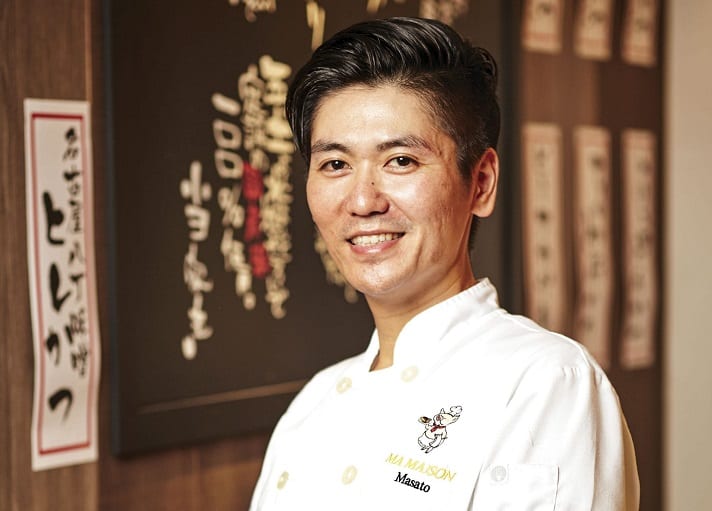
Why is the tonkatsu at Ma Maison so well-loved by foodies?
Ma Maison is a restaurant with a long history. In Japan, it’s been around for 35 years and in Singapore, 20. We have developed a unique way of ageing the meat so that it is flavourful and tender. We are also extremely particular about the freshness of our ingredients. The panko (Japanese-style breadcrumbs) we use for our tonkatsu is produced exclusively for Ma Maison. You will see that the crumb is bigger and fluffier than other panko (breadcrumbs) – this helps make the tonkatsu crispy, not greasy.
Do you use any special oil to fry the tonkatsu?
The blend of oil we use creates just the right amount of crispiness and colour. It’s a blend of canola oil and corn oil. We had to experiment with different blends before we got the right one.
We hear there is a special way to savour the tonkatsu at Ma Maison.
Yes! We recommend you eat our tonkatsu with salt. Although we still provide sauces for customers, I think you should try the pork with salt instead. The salt is a specially imported rock salt from Italy; it has a tinge of sweetness to it and it complements the pork extremely well. Even the grinder we use for the salt is imported because it breaks the salt to just the right size.
What pork do you use in the making of the tonkatsu here?
We use a number of pork here because everyone has their own personal tastes when it comes to meat. At Ma Maison, we use Australian fresh pork, US black pork, Kurobuta and Hungarian Mangalitsa.
Tonkatsu By Ma Maison
#02-35/36 Mandarin Gallery Tel: 6733 4541;
#04-06 Westgate Tel: 6465 9556
Naotsugu Yokokawa
Director, Imakatsu
Hailing from Roppongi, Tokyo, Imakatsu is a relatively new player to the katsu scene in Singapore, Nonetheless, it is winning fans with its wide variety of katsu dishes. Although it serves up tonkatsu, it is its sasami katsu (fried chicken fillet) that you should make a point of trying should you visit.
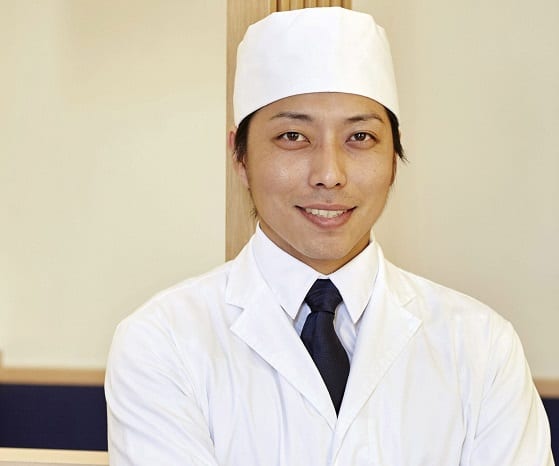
What is the history of Imakatsu?
Imakatsu was established in Roppongi in June 2009. It quickly became celebrated for the texture and taste of its tonkatsu, and was featured by several media outlets such as TV programmes and magazine articles. In 2015, the Michelin Guide Tokyo gave Imakatsu a “Bib Gourmand” nod of approval. Since then, we have been known as THE tonkatsu restaurant to check out when in Tokyo.
Tell us more about the sasami. How did it overtake the tonkatsu in popularity?
Our sasami is tender and flavourful, despite being the breast meat, which is typically regarded as dry and not as tasty. We are careful to fry it at a low temperature to ensure it stays soft and juicy. At our Boat Quay branch, we use our own special blend of oil to fry the meat to achieve the best possible crisp.
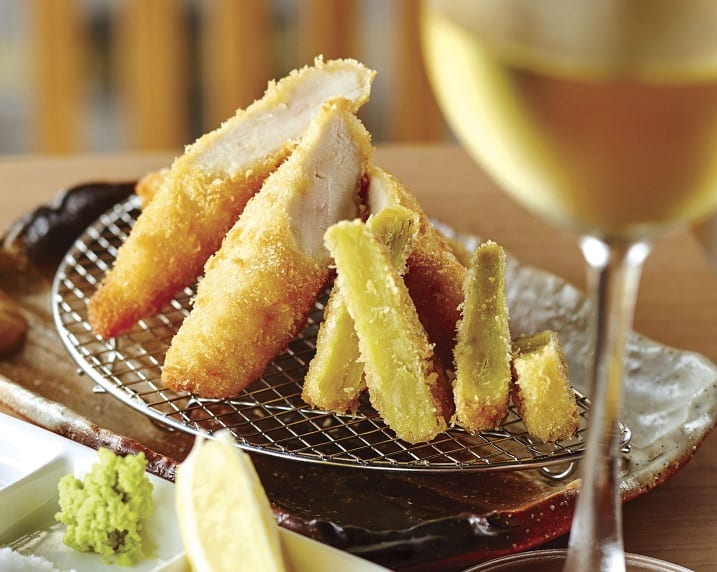
How is the sasami best enjoyed?
It is best savoured dipped in salt. The salt used at Imakatsu is extracted from the seawater off the Yamaguchi Prefecture. It contains plenty of minerals and is free of additives. The salt brings out the real flavour of the meat and the umami of the ingredients. At Imakatsu, we provide six flavours of salt – Truffle, Yuzu, Natural, Sudachi (Japanese green citrus), Lemon, and Wasabi. The sasami goes especially well with the natural, lemon, and truffle salts.
Why does Imakatsu recommend pairing wine with the katsu at its Boat Quay restaurant?
Boat Quay is an area popular with both tourists and businesspeople, so we thought we should offer wine on our menu there to suit their cosmopolitan tastebuds. Savouring katsu with wine also offers a new style of enjoying the dish, where the acidity of the wine cuts through the rich flavours of the katsu.
Imakatsu
52 Boat Quay Tel: 6532 2078;
#01-17 The Star Vista Tel: 6694 6148
TEXT: DEBORAH TAN
PHOTOGRAPHY: RAYMOND TOH/VINEYARD PRODUCTION






